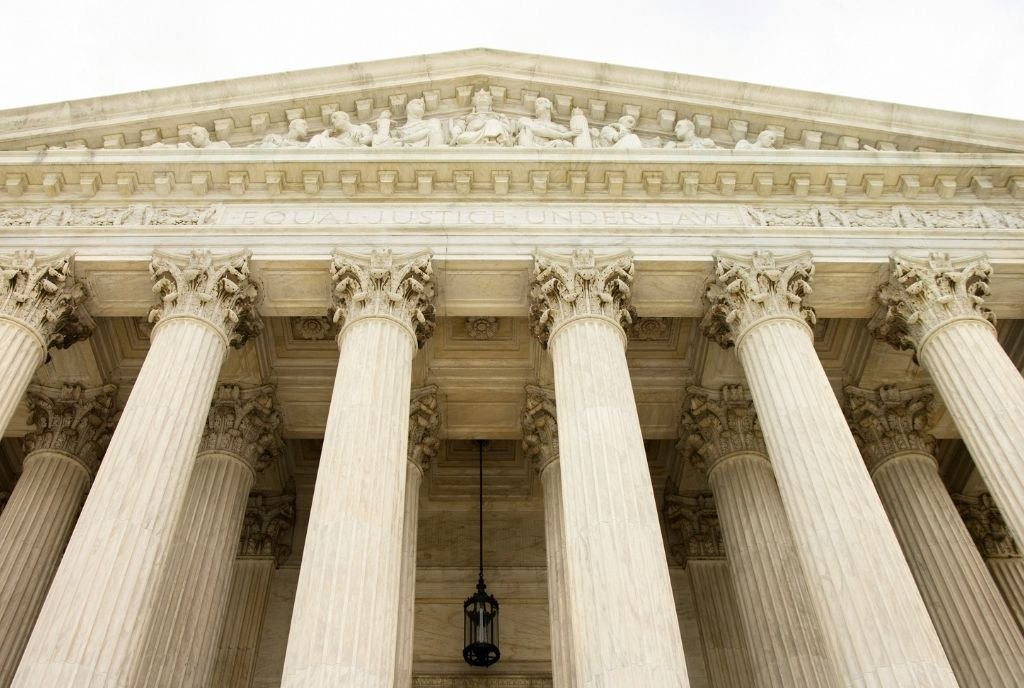
September 23, 2020; Generocity
This past July, NPQ wrote about a campaign by a coalition of staff and faculty called Penn for PILOTs at the University of Pennsylvania (Penn) for the Ivy League school to contribute 40 percent of what it would pay in property taxes if it were for-profit to support local K–12 schools. NPQ has widely covered such “payments in lieu of taxes,” or PILOT arrangements. Other than Penn, most Ivy League schools make a PILOT payment of some amount to their host city.
We followed up again in August, when we noted that in a highly unusual move, the city’s leading newspaper, the Philadelphia Inquirer, published an editorial supporting the campaign. Part of what spurred the editorial, as NPQ’s Ruth McCambridge noted, was the presence of a citywide campaign involving multiple community groups in search of PILOT payments from multiple universities.
So far, Penn’s trustees have not budged in opposing PILOT payments, but advocates held a press conference earlier this week and are hoping there may be at least some trustee response to their demands at the trustees’ scheduled meeting today, the first time trustees have met since the campaign took off this summer.
How much would it cost Penn if its trustees agreed to abide by the advocates’ proposal? It is estimated it would cost Penn $36.4 million a year. In other words, if Penn paid property tax at commercial rates, the city would collect nearly $100 million—that’s the annual value of its nonprofit property tax exemption. Penn’s university budget is $3.5 billion, and its combined budget, including Penn Health, is $11.3 billion. So the cost would be about one percent of the university’s operating budget, or about 0.3 percent of the combined university and health system budget.
Beyond the specifics of the campaign, the situation in Philadelphia highlights the stark divide between haves and have-nots that marks so much of today’s US landscape.
On one side is Penn. Based in Philadelphia, just west of the Schuylkill River, the school has an endowment of $14.7 billion (as of June 30, 2019). For its estimated 26,675 students, that works out to more than $550,000 per student. And the wealth of the school is reflected in its student body. According to the New York Times, as of 2017, the median Penn student came from a family with an annual income of $195,500.
Sign up for our free newsletters
Subscribe to NPQ's newsletters to have our top stories delivered directly to your inbox.
By signing up, you agree to our privacy policy and terms of use, and to receive messages from NPQ and our partners.
Public school finances are far more tenuous. Reportedly, COVID-19 has put the city’s $3.4 billion system on a path that could lead to deficits as high as $800 million by 2025, according to the district’s chief financial officer; even if that is a worst-case scenario, the threat of future cuts, at the least, is clear.
The district also faces major capital expenses. For example, Gerald Campano, a professor at Penn’s Graduate School of Education, which trains many of its student-teachers within Philadelphia schools, estimates it would cost the district $75 million to make its schools lead-free. Removing asbestos would cost an additional $40 million, a pressing issue given that six schools shut down due to asbestos in 2019–2020.
Meanwhile, the profile of the city’s 203,000 students couldn’t be more different from Penn, with an estimated 81 percent of enrolled children living in poverty.
Add in the racial disparities and the national wave of protests against racial inequality and it is not hard to understand why more than 1,000 faculty and staff have signed a petition calling on Penn to pay PILOTs.
Will Penn and other universities in Philadelphia respond to the needs of the city’s resource-starved public schools? This remains to be seen. Many Philadelphia universities—including Penn, Drexel, Temple, and Thomas Jefferson—have been touted for being community engaged anchor institutions, but does “stepping up” include writing checks?
Still, pressure is mounting for action. At the press conference held by Penn for PILOTs this week, Penn political scientist Rogers Smith noted, as Shirali Shah put it in the Daily Pennsylvanian, that “public support of US higher education has declined in recent years because of the perception that colleges do not contribute enough to the people of their communities.”
The point Smith makes is similar to a point we have made about PILOTs at NPQ many times before. When elite institutions, even nonprofit elite institutions, fail to be responsive to obvious community needs, the erosion of public trust that results from inaction cannot be discounted. In today’s America, with a “K-shaped recovery“ pulling rich and poor farther and farther apart, the stakes are particularly high.—Steve Dubb












